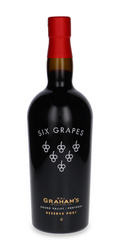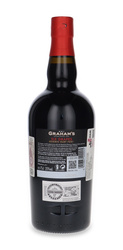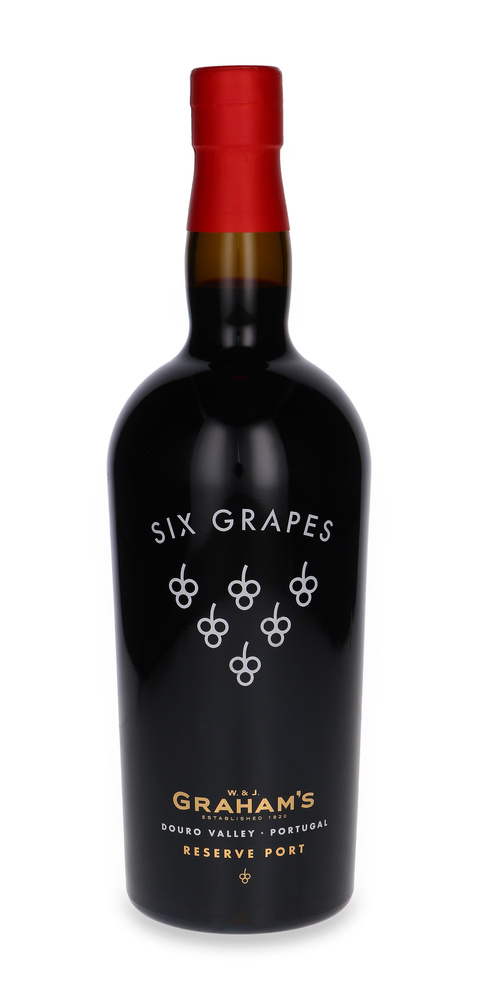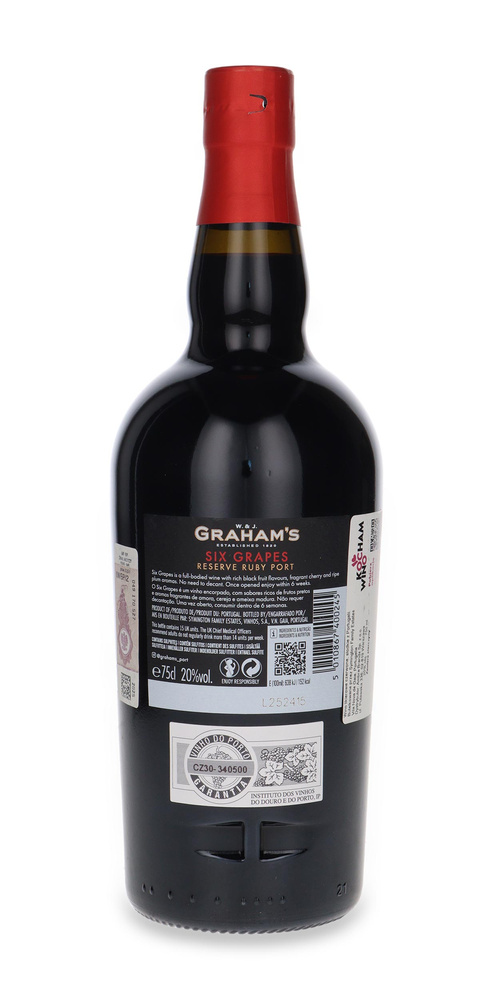Product description
The history of the brand connects two families - Graham and Symington, both with Scottish roots. It was founded in 1820 by brothers William and John Graham, and from the beginning it was focused on producing high quality port wines. Very quickly they became one of the best producers of it, and the moment that showed dedication and constant striving for the highest quality was the construction of the famous Graham's Lodge in Gaia and the acquisition of Quinta dos Malvedros in 1890. This estate is one of the best vineyards in the Douro, and the wines from it have always been the basis for the creation of outstanding Vintage, Single Harvest ports, as well as many great single vintage wines. The Symington family joined their history with the Graham family when in 1882 James Symington sailed to Portugal to work for the Grahams. Later he started his own wine production, but the reunion took place in 1970, when the Symington family acquired the Graham company, developing their legacy under a well-known brand to this day.
With over 50 years of care from the Symington family, Graham's is present in over 80 countries and appears on the wine lists of the world's best restaurants. In recent years, many extraordinary editions of port have been released, such as Ne Oublie, dating back to 1882, and a Tawny port from a single harvest in 1952. The producer currently cultivates grapes on four estates: Quinta dos Malvedos, Quinta do Tua, Quinta da Vila Velha and Quinta do Vale de Malhadas.
A wonderful port, made from the Tinta Amarela, Tinta Cao, Tinta Barroca, Touriga Nacional and Touriga Franca grapes. The label refers to the beginnings of the company, where winemakers rated wine with grape symbols on a scale from 1 to 6, where the highest number guaranteed the highest quality and most were intended for longer maturation in barrels. Some of these wines are currently intended for bottling as younger, maturing for 3 years. Thanks to this, it is very fresh and full on the nose, with clear notes of blackberries and licorice. On the palate, despite its freshness, it captivates very harmoniously with the flavors of black fruits. The finish is long, slightly sharp, with an emerging note of spices.
It tastes best served at a temperature of 14-16 degrees. It is worth following this rule to get to know the character of this wine. In culinary combinations, it works best with chocolate-based desserts, with the addition of cherries, plums and other dark fruits.




